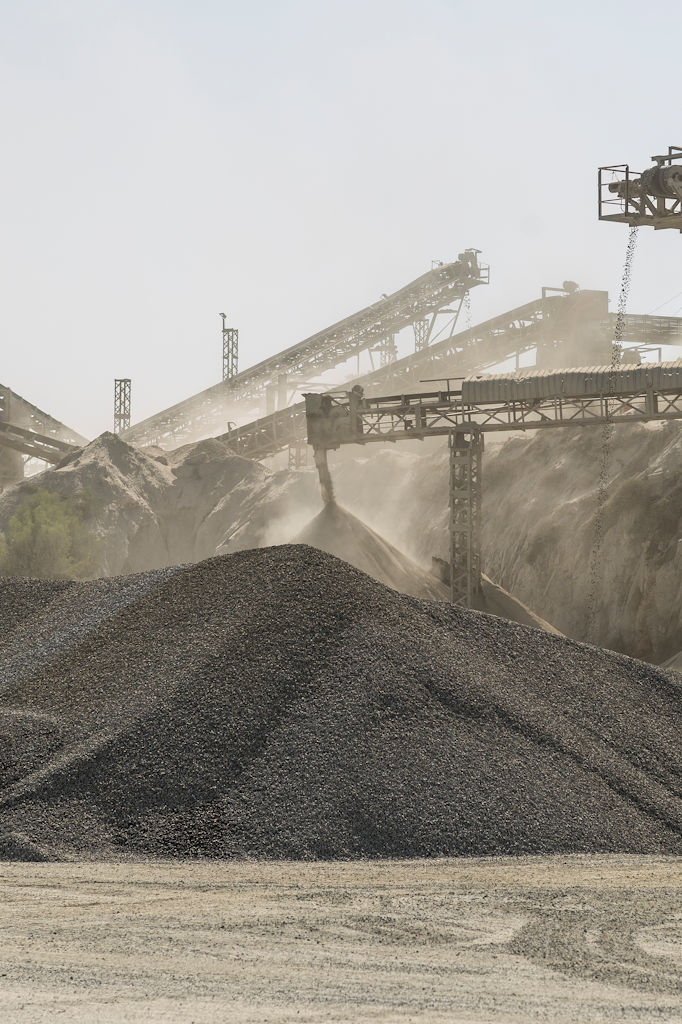Silicosis Claims
Have you been exposed to silica dust at work?
- If you suspect exposure or experience any respiratory symptoms due to working with silica-containing materials you may be eligible for compensation.
Silica Dust Claim
What is Silica Dust?
Silica dust, also known as crystalline silica, is a fine dust that is composed of tiny crystalline particles of silica.
Silica is a natural mineral found in the earth’s crust and is commonly present in rocks, sand, clay, and other materials. When certain materials are disturbed or processed, such as cutting, drilling, grinding, or blasting, silica dust can be generated and become airborne.
Silica dust exposure is a significant concern in various industries, including construction, mining, sandblasting, and manufacturing. Workers who are exposed to high levels of silica dust over extended periods can be at risk of developing health problems, particularly respiratory issues.
The primary health hazard associated with silica dust is silicosis, a progressive and potentially fatal lung disease. When inhaled, silica particles can cause inflammation and scarring in the lungs, leading to breathing difficulties and reduced lung function. There are three main types of silicosis: chronic, accelerated, and acute, with varying degrees of severity.
Apart from silicosis, prolonged exposure to silica dust can also increase the risk of other respiratory conditions, such as chronic obstructive pulmonary disease (COPD) and lung cancer. Additionally, silica dust exposure may lead to other health problems, including kidney disease and autoimmune disorders.
To minimise the risk of silica dust exposure and protect workers’ health, various preventive measures should be implemented. These may include using engineering controls like ventilation and dust collection systems, providing personal protective equipment (PPE) like respirators, conducting regular air monitoring, and implementing proper work practices to reduce dust generation.
Exposure
Silica dust exposure is a significant occupational health concern. Silica, also known as silicon dioxide, is a naturally occurring mineral found in various rocks, sands, and soils. When materials containing silica are processed, disturbed, or crushed, tiny silica dust particles are generated. Inhalation of these fine particles can lead to serious health issues.
The most common industries and occupations associated with silica dust exposure include:
Construction: Activities like cutting, grinding, drilling, or crushing materials like concrete, brick, stone, or mortar can produce silica dust.
Mining: Workers involved in extracting ores and minerals, such as coal, gold, or silica itself, are at risk of silica dust exposure.
Quarrying: Workers in quarries where stone, sand, or gravel is extracted are also exposed to silica dust.
Sandblasting: Silica sand used in abrasive blasting operations can release large amounts of airborne silica dust.


Health effects of silica dust exposure:
Silicosis: This is a chronic lung disease caused by the accumulation of silica particles in the lungs. It leads to inflammation and scarring of the lung tissue, making breathing difficult. Silicosis has no cure and can be disabling or even fatal in severe cases.
Lung Cancer: Prolonged exposure to silica dust has been linked to an increased risk of developing lung cancer.
Chronic Obstructive Pulmonary Disease (COPD): Silica exposure may contribute to the development of COPD, which includes chronic bronchitis and emphysema.
Kidney Disease: Some studies suggest a possible association between silica exposure and an increased risk of kidney disease.

Silicosis
Silicosis is a lung disease caused by inhaling crystalline silica dust, a mineral found in various types of rocks, sand, and soil.
It primarily affects workers in occupations that involve cutting, grinding, drilling, or crushing materials containing silica, such as miners, construction workers, masons, and foundry workers. It can also occur in people who live near industrial areas where silica dust is prevalent.
When silica particles are inhaled, they can become trapped in the lungs and cause inflammation and scarring of the lung tissue. Over time, this leads to the development of nodules and fibrous tissue in the lungs, making it difficult for affected individuals to breathe properly.
The symptoms of silicosis may include cough, shortness of breath, fatigue, chest pain, and fever. In its early stages, the disease may not cause noticeable symptoms, but as it progresses, the symptoms become more severe and can eventually lead to respiratory failure or other complications.
Preventing silicosis involves implementing safety measures in workplaces to minimise exposure to silica dust, such as using proper ventilation, dust control systems, and personal protective equipment. Regular medical check-ups are essential for individuals who work in high-risk occupations, as early detection can help manage the disease and prevent further lung damage.
Unfortunately, there is no cure for silicosis, but its progression can be slowed or managed through medical interventions and by avoiding further exposure to silica dust. In some cases, lung transplantation may be considered for individuals with severe silicosis and advanced lung damage.
If you suspect you or someone you know may have been exposed to silica dust and is experiencing respiratory symptoms, it is essential to seek medical attention promptly. Early diagnosis and appropriate measures can help improve the quality of life for those affected by silicosis.
